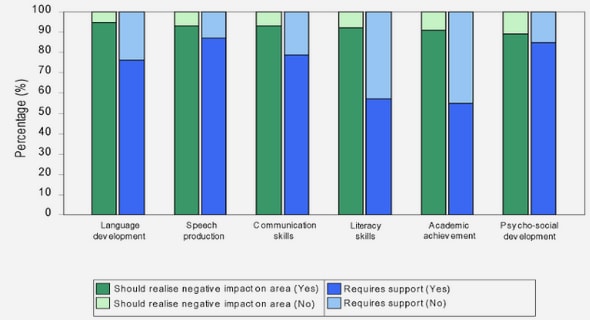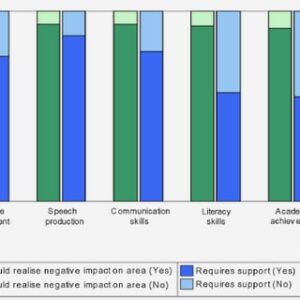(Downloads - 0)
For more info about our services contact : help@bestpfe.com
Table of contents
1. Introduction
1.1. Context, challenges, and stakes
1.2. Forest dynamics and conservation in Costa Rica
1.2.1. Protected wildlife areas and deforestation
1.2.2. Program of payment for environmental services and deforestation
1.3. Predictive models to evaluate forest risk loss
1.4. Monitoring forest cover and environmental services throughout time using remote sensing: The topography factor
2. Research objectives and main research questions
3. Methods
3.1. Study area
3.2. Biophysical approach
3.2.1. Protected wildlife areas
3.2.2. Private farms visited and delineated
3.2.2.1. Biophysical differences between PES and non-PES farms
3.2.3. Building a predictive model of vegetation loss risk
3.2.3.1. Selection of historical vegetation cover and vegetation loss data
3.2.3.2. Predictor variables used to train the model
3.2.3.3. Random Forests to model vegetation risk loss
3.2.3.4. Validation method
3.2.3.5. Variable Importance
3.2.4. Analysis of the topography and illumination condition (IC)
3.2.4.1. Landsat datasets and Image processing
3.2.4.2. Illumination Condition (IC)
3.2.4.3. Statistics across the collection of images
3.3. Socioeconomic approach
3.3.1. Semi-structured interviews and farm typology
4. Results
4.1. Vegetation risk loss
4.1.1. Random Forests to model vegetation risk loss
4.1.2. Validation of the model
4.1.3. Importance of the predictor variables
4.1.4. Historical and predicted vegetation loss risk between protected wildlife areas and unprotected areas
4.2. Farms dynamics
4.2.1. Typology of farms
4.2.2. Land use share, forest and opportunity cost
4.2.3. Historical and predicted forest loss risk inside delineated farms
4.2.4. Analysis of farms participating or not in the PES program and deforestation risk probability
4.3. Analysis of the topography and illumination condition
4.3.1. Illumination condition and vegetation indices
4.3.2. Time series for IC, EVI, and NDVI from 1984-2017
5. Discussion
5.1. A predictive model for vegetation loss risk: The importance of topography and accessibility
5.1.1. Accuracy and validation of the model
5.1.2. Importance of predictor variables
5.1.3. Analysis of historical vegetation loss and predicted vegetation/forest risk loss in PWA and farms
5.1.3.1. Historical vegetation loss in PWA
5.1.3.2. Predicted vegetation loss in PWA
5.1.3.3. Historical forest loss in farms
5.1.3.4. Predicted risk of forest loss in farms
5.1.3.5. Evaluation of deforestation risk probability in PES and non-PES forested areas
5.2. Farers’ participatio i PES: Ladscape iflueces farig strategies
5.2.1. Farm typology, opportunity cost, and proportion of forest area
5.2.2. Farmers’ perceptio of forests ad the PES progra
5.3. The topography factor and its influence in the monitoring of forests and environmental services using remote sensing
5.3.1. Illumination conditions and vegetation indices
5.3.2. Temporal analysis of illumination conditions
6. Conclusions
6.1. Predictive models of vegetation loss risk in protected areas
6.2. The influence of topography on land use, opportunity cost, and participation in the PES program
6.3. The influence of topography in remote sensing and in the monitoring of forests and environmental services throughout the time
7. References


